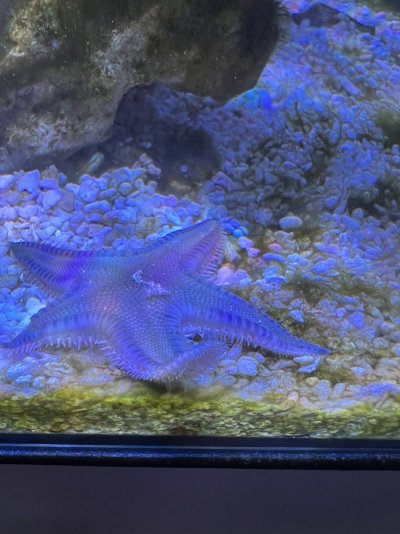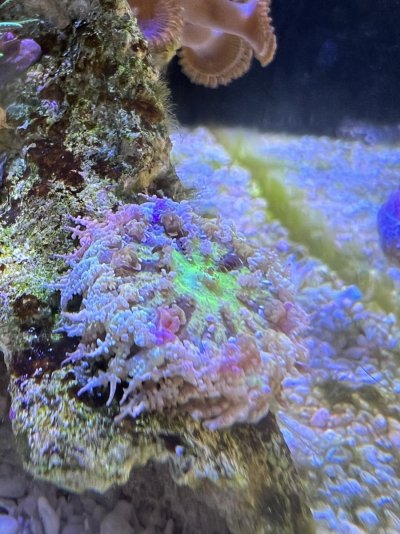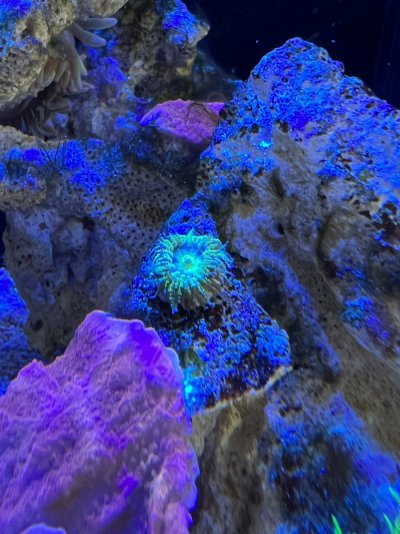Looking at purchasing a sand sifting star for my 20g Waterbox. Tank is 3months old, used live rock. Sand seems to be teeming with pods and miscellaneous fauna, would it be a bad decision to add?
would be happy to dose pods and phyto regularly to keep a supply for it, and target feed it mysis to keep it alive since I already have to target feed the lawnmower blenny.
would this be a feasible solution, or should I just pass on the dream and stay with a brittle star?
would be happy to dose pods and phyto regularly to keep a supply for it, and target feed it mysis to keep it alive since I already have to target feed the lawnmower blenny.
would this be a feasible solution, or should I just pass on the dream and stay with a brittle star?























